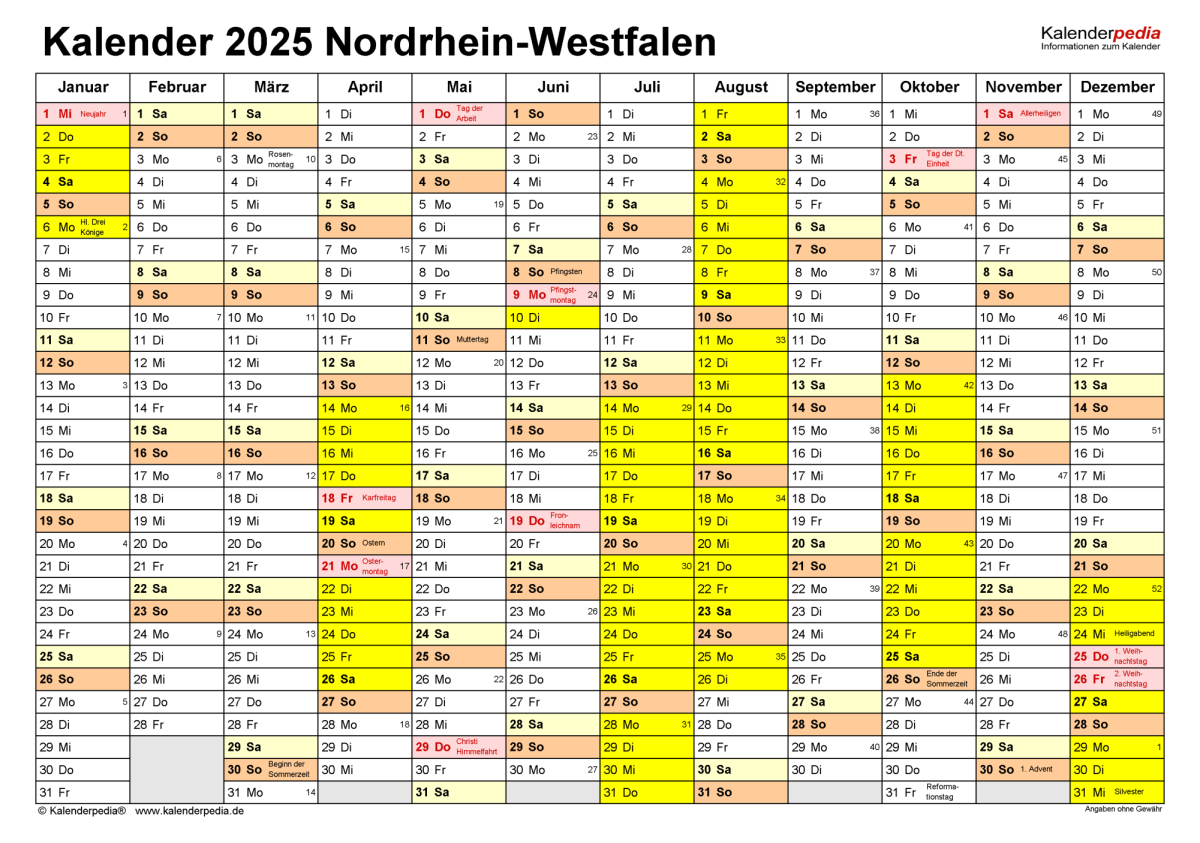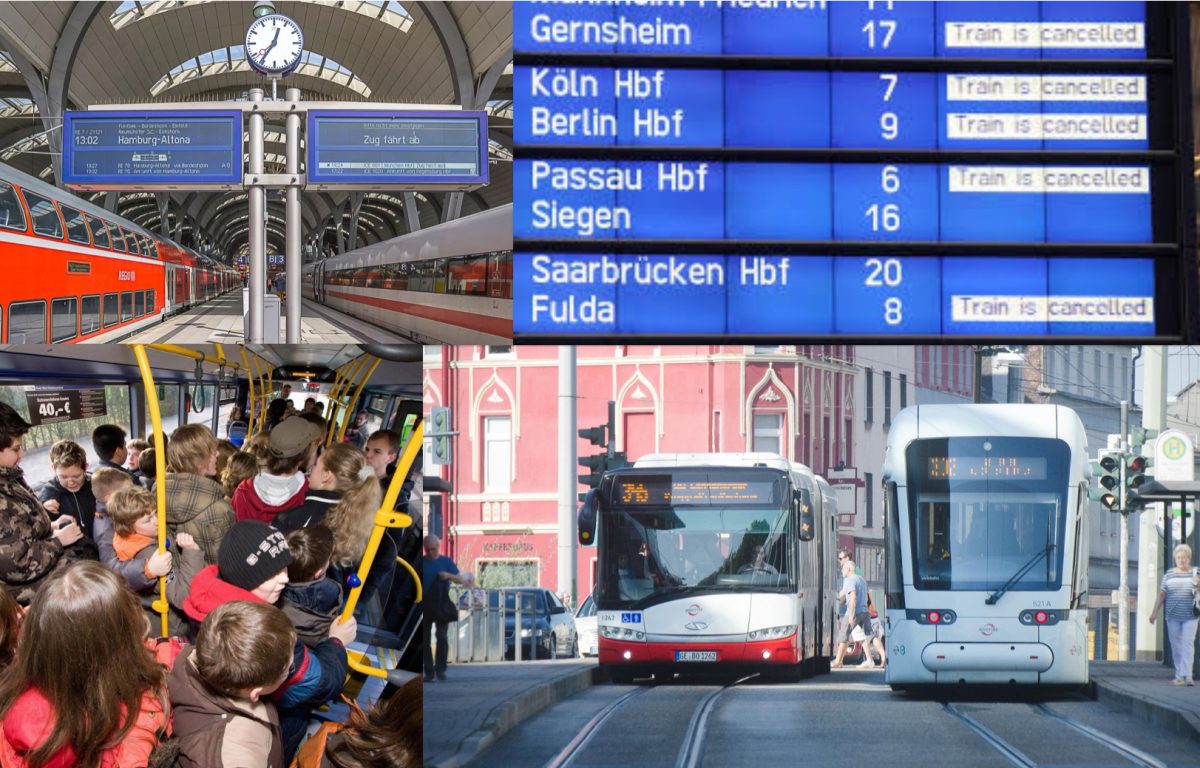With Thanksgiving upcoming and a 4-day weekend two weeks ago, Eastern students are enjoying their free days. It has been two months since summer break and most students are already looking forward to their next holidays. Now, what if I told you that most German students have no school for two weeks around the end of October? Sounds pretty nice, right? And that is not the only difference between holidays in the US and Germany. What country on average has fewer school days, how spread apart are the different off days, and which states in Germany or the US have the most holidays?
Germany has on average 6 weeks of summer holidays, with some states giving a few days extra before or after the summer break. The time varies depending on the state too, with the earliest in 2024 being Thüringen and Sachsen starting on the 20th of June and the latest being Bayern, which began on the 29th of July. Although this varies every year, Bayern tends to be the latest. On the 3rd of October, Germany celebrates their national day of unity. In October, 14 of the 16 states have roughly two weeks of fall holiday, with 5 of the 16 states having no school on All Saints Day as well. The next holidays are Christmas holidays, with the time that students have off ranging from 8 days to Schleswig-Holstein with 19 days of no school. Most states have two weeks. but Berlin and Brandenburg don’t even celebrate the first day of the new year.
There are no days off school until the end of February/start of March when Karneval is celebrated. Because there is no state that has a fixed holiday, it depends on the school and the state to decide how many days off school they want. However, nearly everyone has no school on Rosenmontag, the Monday before Ash Wednesday. For Easter, most states have two weeks of holidays either from the 7th to the 20th or the 14th to the 27th, but Sachsen (which has no school from the 18th to the 27th) and Hamburg have their holidays from the 10th of March to the 23rd of March and no school on Good Friday and Easter Monday. After that, the 1st of May is Germany’s Labor Day and a day off for all states, as is the Christian holiday of Christi Himmelfahrt, 40 days after Easter. 50 days after Easter is Pfingsten, another Christian holiday that’s on a Monday and celebrated all around Germany, on which some states or schools have either Tuesday or the entire week off. Corpus Christi is the last Christian holiday before the school year ends and is celebrated on the Thursday 60 days after Easter in only 6 of the 16 states. Additionally, the summer holidays start on a different date than the year before.
In America, students have an average of 180 school days, while in Germany students have a bit less than 200 school days per year depending on school. But even though American students have fewer school days, their school year still feels longer because most of the free days are on an extended summer break, while German students have free days way more often, making more weeks feel shorter and interrupting school for a longer time in the year. I already can’t wait for the 2 weeks of Christmas holidays here in the US.













































